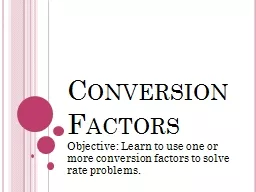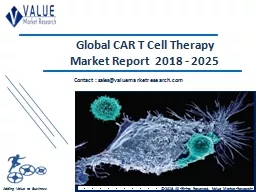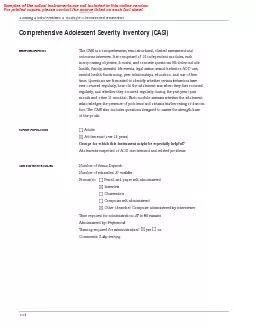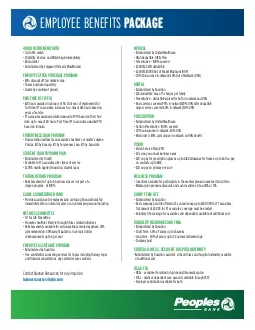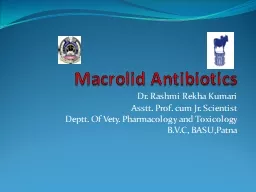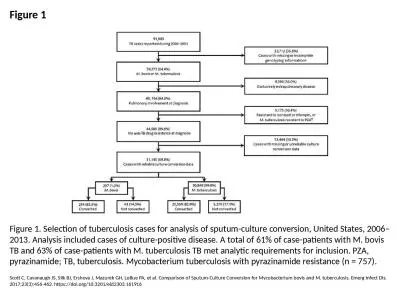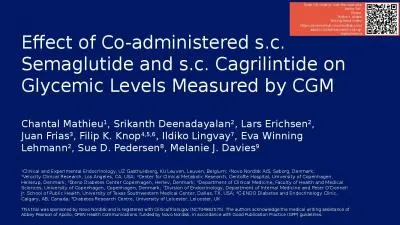PPT-Culture Conversion and Self-Administered Therapy in Private
Author : giovanna-bartolotta | Published Date : 2016-06-22
Melissa Ehman MPH Jennifer Flood MD MPH Pennan Barry MD MPH Tuberculosis Control Branch Division of Communicable Disease Control Center for Infectious Diseases California
Presentation Embed Code
Download Presentation
Download Presentation The PPT/PDF document "Culture Conversion and Self-Administered..." is the property of its rightful owner. Permission is granted to download and print the materials on this website for personal, non-commercial use only, and to display it on your personal computer provided you do not modify the materials and that you retain all copyright notices contained in the materials. By downloading content from our website, you accept the terms of this agreement.
Culture Conversion and Self-Administered Therapy in Private: Transcript
Download Rules Of Document
"Culture Conversion and Self-Administered Therapy in Private"The content belongs to its owner. You may download and print it for personal use, without modification, and keep all copyright notices. By downloading, you agree to these terms.
Related Documents




